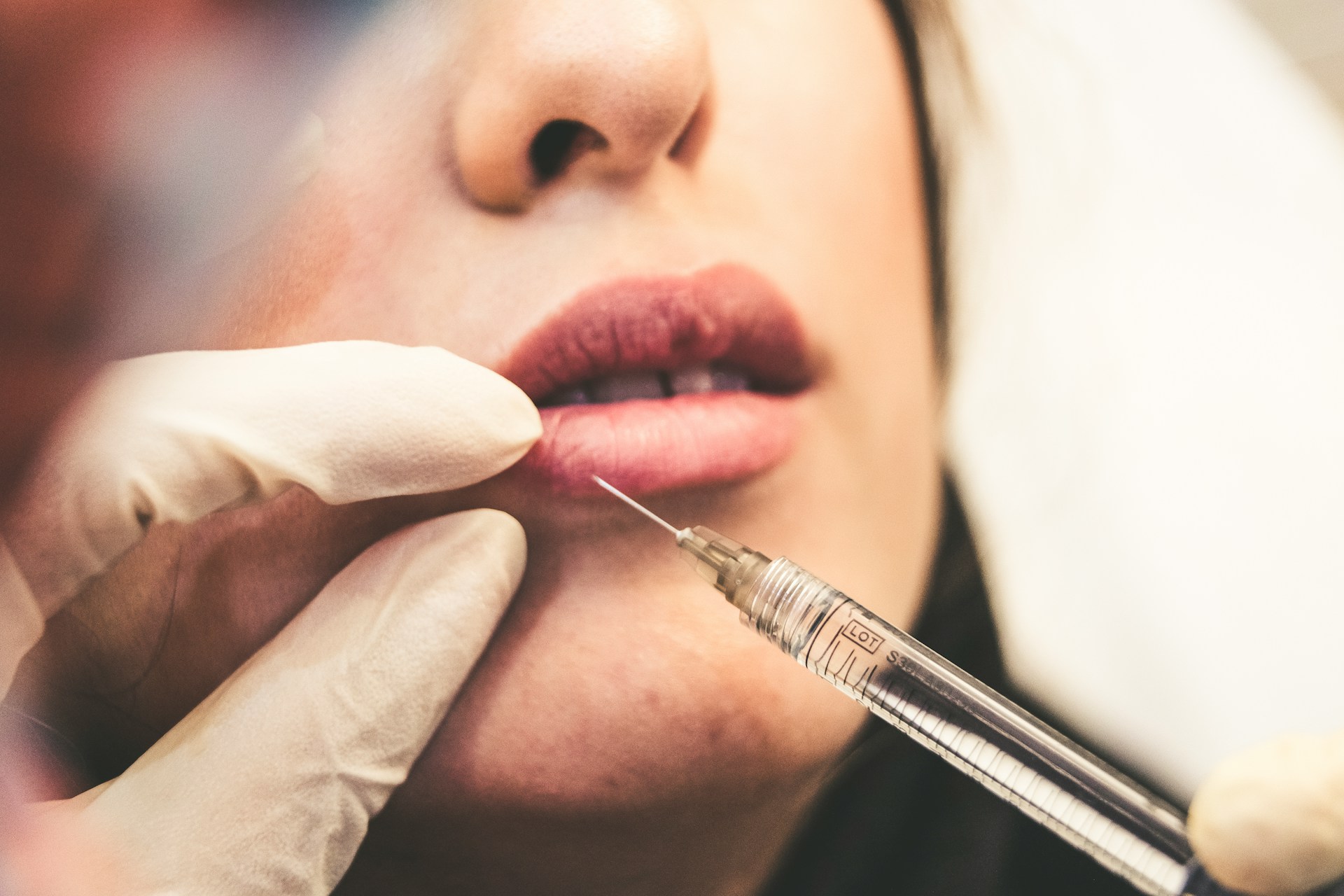
Are Dermal Fillers Worth It? Here’s What to Know
The quest for youthful and vibrant skin has led many individuals to explore cosmetic procedures, and dermal fillers have emerged as a popular choice.
These non-surgical treatments promise smoother, more youthful skin, but are dermal fillers worth it?

This comprehensive guide explores the world of dermal fillers, understanding what they are, how they work, the benefits they offer, and potential risks.
Understanding Dermal Fillers
Dermal fillers, often called “wrinkle fillers” or “injectable fillers,” are cosmetic treatments designed to restore volume and fullness to the face. They are typically administered through injections and can provide immediate results. They add volume to the treated area, effectively “filling in” wrinkles, tackling smile lines, and rejuvenating the skin. The most common types include:
- Hyaluronic Acid (HA) Fillers: HA fillers are made from a naturally occurring substance in the skin. They are highly versatile and can add volume, smooth lines, and enhance lips.
- Calcium Hydroxylapatite (CaHA) Fillers: Radiesse is a CaHA filler that stimulates the production of collagen, providing both immediate and long-term results.
- Poly-L-lactic Acid Fillers: Sculptra is a poly-L-lactic acid filler that promotes collagen production over time, resulting in a natural-looking improvement in facial volume.
- Polymethylmethacrylate (PMMA) Fillers: Bellafill is a PMMA filler used to treat deep lines. It provides long-lasting results by stimulating collagen growth.
- Autologous Fat Injections: This approach uses the patient’s fat, typically harvested from another part of their body, as a natural filler. It can be a more permanent solution, but it requires a minor surgical procedure.
The Procedure
Dermal filler injections are generally quick and minimally invasive. The process begins with a consultation with a qualified and experienced healthcare provider. During the consultation, discuss your goals, concerns, and the areas you wish to address with dermal fillers. Before the injections, the treatment area is thoroughly cleansed. A topical anesthetic can be applied to numb the area and minimize discomfort during the procedure. The filler is then injected into the targeted area using a fine needle. The injector may massage the area to ensure an even filler distribution.

After the injections, the provider will assess the results and may make additional adjustments if necessary. There is little to no downtime associated with dermal filler treatments. You can often resume your daily activities immediately after the procedure.
Benefits of Dermal Fillers
Dermal fillers offer several advantages that make them a popular choice for people seeking non-surgical facial rejuvenation. A primary benefit of dermal fillers is that you can see the results almost instantly. This provides a quick and effective solution for addressing specific cosmetic concerns. Dermal filler injections are non-surgical procedures, which means they involve less risk, minimal downtime, and no surgical scars.
They are highly customizable, allowing you to target specific areas of concern and achieve natural-looking results tailored to your needs. Many fillers offer results that can last from several months to a year or more. Complications are rare and typically mild. Some fillers stimulate collagen production in the skin, providing not only immediate but also long-term benefits.
Risks and Considerations
While dermal fillers are generally safe, they come with risks and considerations. After the procedure, you may experience mild side effects such as swelling, redness, bruising, or tenderness at the injection site. These typically subside within a few days. Although rare, allergic reactions to dermal fillers can occur. Inform your healthcare provider of known allergies or sensitivities. Infection is a potential risk with any injection. It’s crucial to choose a qualified, licensed provider who follows proper sterilization and safety protocols. Overfilling can lead to an unnatural or “overdone” appearance. Working with an experienced injector who understands facial aesthetics is crucial to achieving natural results.
Finding a Qualified Provider
Choosing a qualified and experienced healthcare provider is essential when considering dermal fillers. Verify that the provider is licensed and certified in aesthetic medicine or dermatology. Request before-and-after photos and references from previous clients to assess the provider’s work.
Schedule a consultation to discuss the best approach for your needs. Ensure the provider follows strict safety and sterilization protocols. Choose a provider with a substantial history of performing dermal filler treatments.
The Decision-Making Process
Whether dermal fillers are worth it depends on your goals, budget, and willingness to accept the associated risks and considerations. Here are some key points to consider when making your decision:
- Goals: Clearly define your aesthetic goals and discuss them with a qualified provider during a consultation.
- Budget: Determine your budget for the procedure, including potential maintenance treatments.
- Risk Tolerance: Consider your willingness to accept the risks and possible side effects of dermal fillers.
- Longevity: Understand that dermal filler results are not permanent and may require ongoing maintenance treatments.
- Alternative Options: Explore alternative cosmetic procedures and treatments that may better align with your goals and preferences.

Dermal fillers can be worth it for individuals seeking non-surgical solutions to address specific cosmetic concerns. They offer immediate results, minimal downtime, and the opportunity to achieve a more youthful appearance without surgery. However, it’s essential to weigh the benefits against the potential risks, costs, and the need for ongoing maintenance. Additionally, finding a qualified and experienced provider is crucial to ensuring a safe and successful experience. Ultimately, the decision to pursue dermal fillers should align with your aesthetic goals and be made after careful consideration.








